Types Of Holsters, Explained

Handguns are less effective than long guns, but they offer one critical advantage: portability. A handgun is the gun that is most likely to be available should you need one, and if you are doing it right, that handgun will be in a holster. This article will cover the various types of holsters, some advantages and disadvantages of each, and how to decide what is right for you.
Holsters @ TFB:
- C&G Holsters Improved Gen6 Concealment Holsters
- Kydex Vs Leather Holsters: Which Is Best For You?
- [SHOT 2025] Safariland BALLAST Duty Holster
- NEW Galco Masterbilt Master Agent Wheelgun Holster
- Why Kydex is Currently the King of Holster Sales
Nomenclature
When describing holsters, the most common way to describe where the holster sits on the body is by using the numbers of the clock. 12 o’clock is straight ahead, 6 o’clock is where the spine sits in the back. In this article, and in most online discussions, the shooter is assumed to be right-handed. Lefties should reverse things.
Material
Holsters are generally made of leather or Kydex, a type of rigid plastic. Leather holsters used to be the standard, but Kydex is far and away the most popular option now. One reason that leather has fallen from favor is the prevalence of striker-fired guns without hammers or manual safeties. Sometimes a leather holster will collapse when the gun is removed, and when reinserting the pistol the leather near the trigger guard can flex into the trigger guard, and potentially pushing the trigger back and discharging the gun while it is being holstered.
Outside Waistband (OWB) vs. Inside Waistband (IWB)
The first major category split is between inside and outside waistband carry. Inside waistband (IWB) holsters sit inside the belt and pants of the wearer. In contrast, outside waistband holsters are worn on the belt on the outside of the pants. The primary tradeoff between the two is concealability vs. access. IWB holsters generally offer more concealment but can be harder to access. They can also be less comfortable if the pants and belt do not have enough room for the gun. OWB holsters are more exposed but are usually faster to access and more comfortable, but not always.
While OWB holsters tend to be more obvious, they are not always overt. Some, like police duty holsters, emphasize secure storage of the handgun and make no effort to be concealed. But others are streamlined and fit nicely under a jacket or larger shirt.
Retention
All holsters offer some level of retention to keep the pistol in place inside the holster. Without retention, you can end up with a Plaxico Burress situation where the gun comes loose and, in the process of catching it while it slides away, you accidentally shoot yourself. Kinds of retention vary, but the most common type for IWB holsters is a simple friction fit. These holsters are worn concealed, so there is little risk of someone attempting to grab the gun out of the holster. In contrast, open carry holsters usually have a more aggressive retention mechanism, like the Safariland ALS mechanism or a thumb snap that covers the back of the slide. Some OWB holsters that are more concealment-oriented still use friction retention, though.
Strong Side (IWB/OWB)
The most traditional method of carry is on the strong side, or on the belt line directly beneath the shooter’s dominant hand at about 3 o’clock. This position offers quick access, does not get in the way when bending over, and can work for both IWB and OWB carry. Depending on the wearer’s preference, these holsters can move back slightly on the belt line to just behind the hip, and cant angles from vertical to about 15 degrees forward are common.
Some of my favorite models for this type of carry are the Safariland 6378 and the Raven Concealment Perun. The Safariland is an overt OWB holster derived from police duty holsters. It incorporates the ALS locking mechanism to secure the gun, and is compatible with a wide range of mounts for high or low ride, and it is also available to accept accessories like weapon lights and pistol optics.
The Raven Concealment Perun is a more concealment-focused holster. It holds the gun in tight against the body and adds as little bulk as possible to the dimensions of the gun. I often wear this holster with a Glock 34 equipped with a weapon light under a jacket or suit coat.
Crossdraw (OWB)
This is an uncommon method of carrying today. It places the pistol on the opposite side of the body around 10 or 11 o’clock, with the grip facing forward. The shooter must reach across the centerline of their body to draw the gun, which is less than ideal in many situations. It also means the gun will be pointing to the side or behind the shooter during the draw. This type of holster is only really popular among people who sit for long parts of the day, particularly in cars. It offers an easier draw when sitting in a vehicle than a strong-side holster and will be more comfortable. But outside of cabbies or truck drivers, this is a very uncommon carry method.
Appendix (IWB)
Over the last few years, appendix carry has become the default choice for IWB carry. The gun sits around 1 o’clock, sitting in the hollow space where the leg and pelvis meet. Appendix carry offers many advantages for an IWB carrier, especially when it comes to concealment. Bending over or reaching up to grab things off a shelf can lift the shirt enough to expose a pistol worn on or behind the hip. In contrast, an appendix holster will usually stay concealed because it is on the front of the body. This carry position is also extremely fast when practiced, and the gun sits near the hands, so it does not take a lot of reaching around or unnatural positioning to get to the gun.
My go-to appendix holster is the Raven Concealment Vanguard. It is a minimalist design that only covers the trigger guard and adds almost no bulk to the gun. I am also very impressed with the Phlster Enigma. It is an out-of-the-box design that uses a flexible central platform and belt to support the pistol. Unlike other holsters, which use a pants belt for support, the Enigma is a self-contained unit that you put on over your underwear but under your pants, so it works with gym shorts or leggings. My wife, a consistent leggings wearer who does her best to keep Lululemon in business, uses the Enigma with her Glock 43.
Thigh (OWB)
Thigh holsters are a sub-category of strong-side holsters, but as the name suggests, they are worn down on the leg instead of at the belt line. This style of holster was all the rage among tactical enthusiasts in the early 2000s but has since dropped in popularity. The main benefit of this kind of carry is placing the gun low so it does not hang up on the sides of a web gear or body armor. Hard armor vests with side plates are particularly annoying to wear with a holster on the belt line, as the gun is constantly hitting the side plates and they obstruct the draw. Moving the gun lower on the leg clears this obstruction, but it can also cause the holster to move around more while running. This placement is also annoying in some vehicles as it presses the gun up against the center console or door of the vehicle.
Alternative Carry Types
Most common carry methods put the gun somewhere on the belt line, but that may not work for everyone. People’s clothing, work duties, or body shape can make carrying in a traditional holster difficult. Even for people who often wear a standard belt line holster, alternate carry options can be very convenient in certain circumstances. Here are a few options that may not be the most common.
Ankle
This used to be a very common way to carry a backup gun, and many police officers still carry a secondary pistol on their ankle. The gun generally goes on the inside of the leg opposite from the dominant hand, so a right-handed shooter would wear the holster on the inside of their left leg. This is a very slow draw from most positions other than seated. It does have the advantage of seldom digging into a stomach or side when moving around, but putting the weight of a handgun on your ankle is kind of like wearing those ankle weights from the Prancercise video. These holsters can also slide down if the fit is wrong, and many have a support strap above the calf to help keep it in place.
One last point for ankle carry is that it is very pants-dependent. It obviously does not work with shorts (unless you want to get confused looks from both other gun owners and people who do not like guns), but not all pants are made equal for this task. Pants that are more tailored or fitted through the leg may not have enough room for a gun, but if you are a JNCO enthusiast or fan of baggy streetwear, it can work.
Shoulder
This style of holster had its heyday in the 1980s and 1990s, featuring prominently in police shows like Miami Vice. Shoulder rigs do not require a belt and hang under the arm. The pistol holster itself can be vertical or horizontal, and a carrier for spare magazines usually rides under the opposite arm to counterbalance the gun.
Shoulder holsters can be convenient to throw on under a coat or suit jacket, but there are some important tradeoffs. The draw from under the arm places the gun pointing rearward, which makes it very likely to point in an unsafe direction. And, as the gun comes out of the holster, it will usually point at the shooter’s arm, including the brachial artery. That is less than ideal, and these safety concerns caused shoulder carry to fall out of favor. It still does persist in some uses, though, and I occasionally use one for late-night gallon of milk runs when putting pants with a belt back on seems like too much work.
A somewhat related design is the chest holster. These place the gun front and center on the wearer’s chest in a very overt manner. One of the main use cases for chest holsters is in the outdoors, where having the gun accessible and high enough that it is still reachable when wearing chest waders.
Off-Body
One last type of holster is not worn on the body at all. Off-body holsters can be placed in backpacks, under car seats or desks, or in purses. This is probably the most physically comfortable way to carry, but it is the least reassuring. Bags and purses have a way of being misplaced or put somewhere too accessible to others. This is also a great way to accidentally bring a gun through a security checkpoint at the airport or courthouse and end up in jail, so if you decide to carry off-body, please exercise extreme caution.
Conclusion
There are myriad holster options, and the right one for your gun, clothing, and lifestyle is probably out there. Anyone serious about carrying a handgun will end up with at least a shoebox full of holsters, while others end up with an entire tote. As you are picking a holster, don’t be afraid to try different styles and brands, and if something doesn’t work out,it is ok to move on to the next one.

AKA @fromtheguncounter on Instagram. Gun nerd, reloader, attorney, and mediocre hunter.
More by Daniel Y
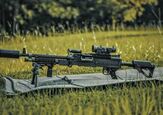
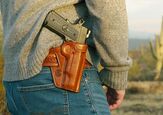
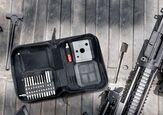









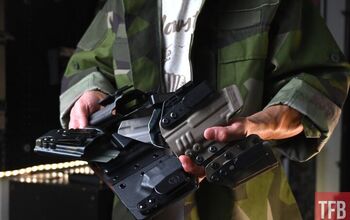
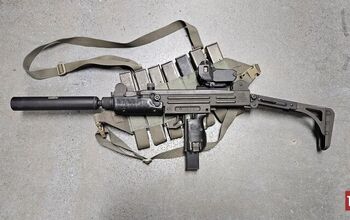
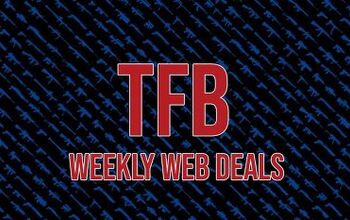

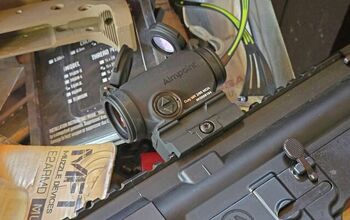
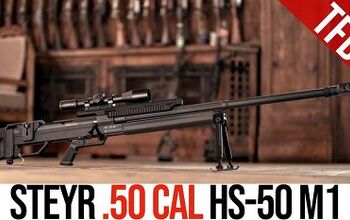
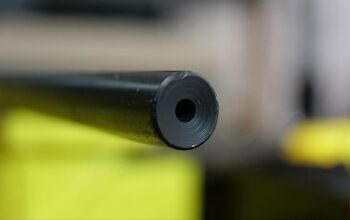
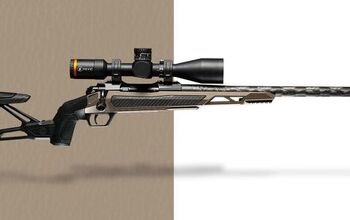
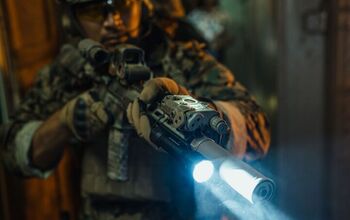
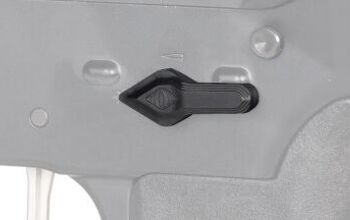



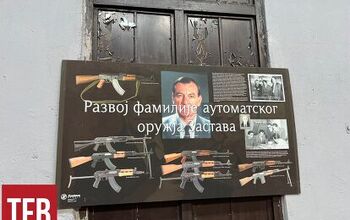




Comments
Join the conversation
Your lack of coverage of belt pouches disturbs me...
The other benefit of shoulder holsters is they allow you to carry a bigger gun more comfortably. In daily life, your torso does a lot less bending than anywhere around your hips, so a bigger gun isn't going to be as uncomfortable.
The weight is going into your shoulders & back, and not your hips, and like you mentioned, most shoulder holsters hold extra magazines on the other side, so you're balanced out.